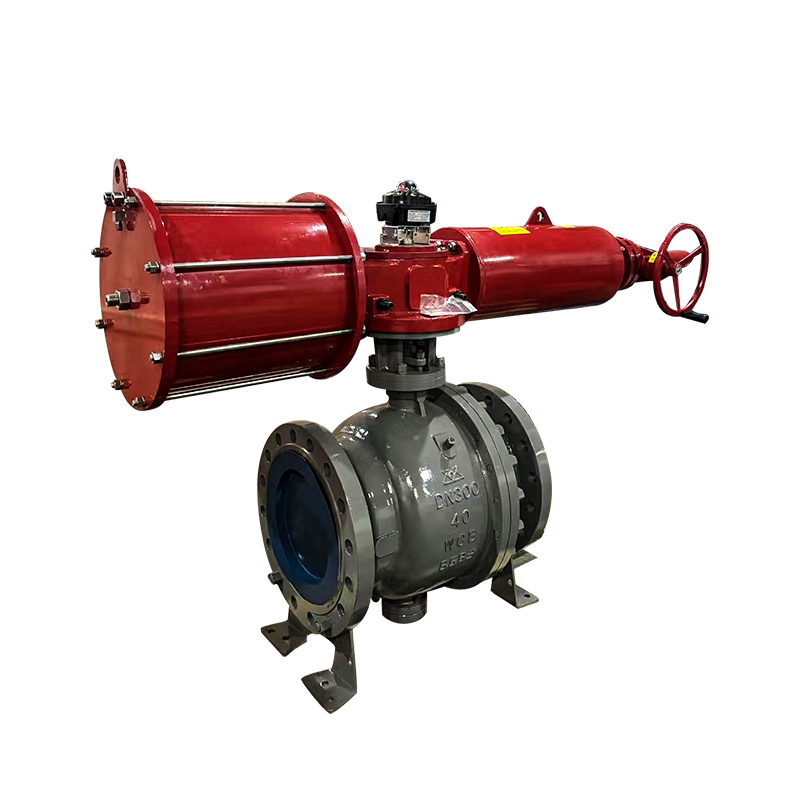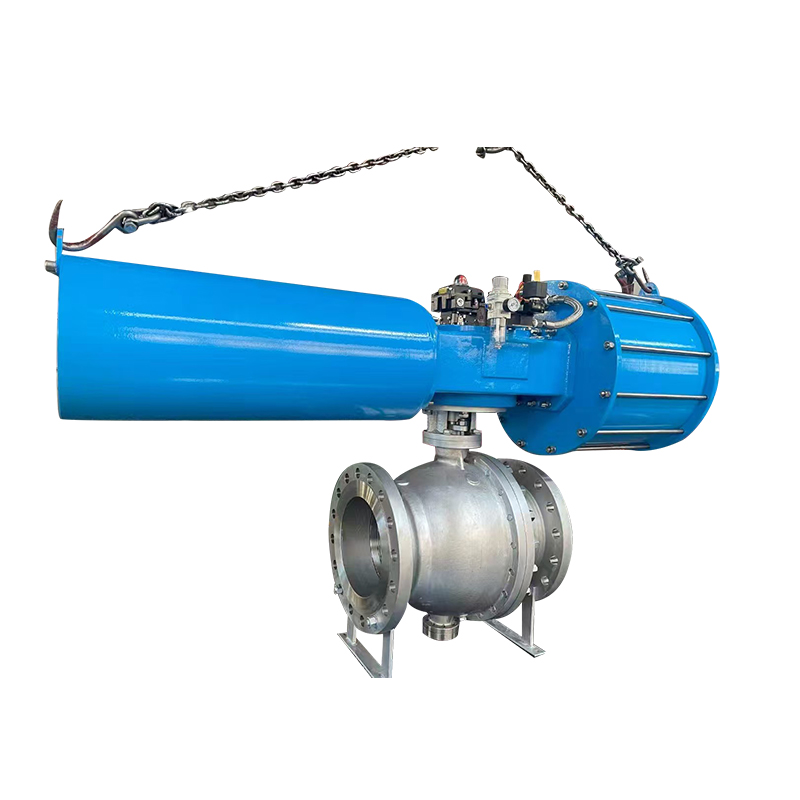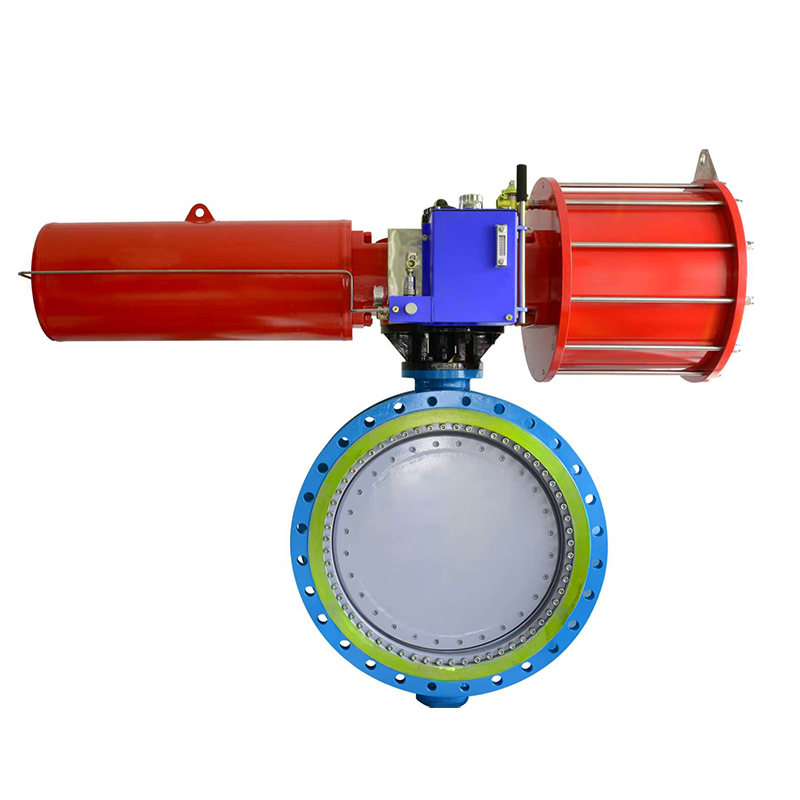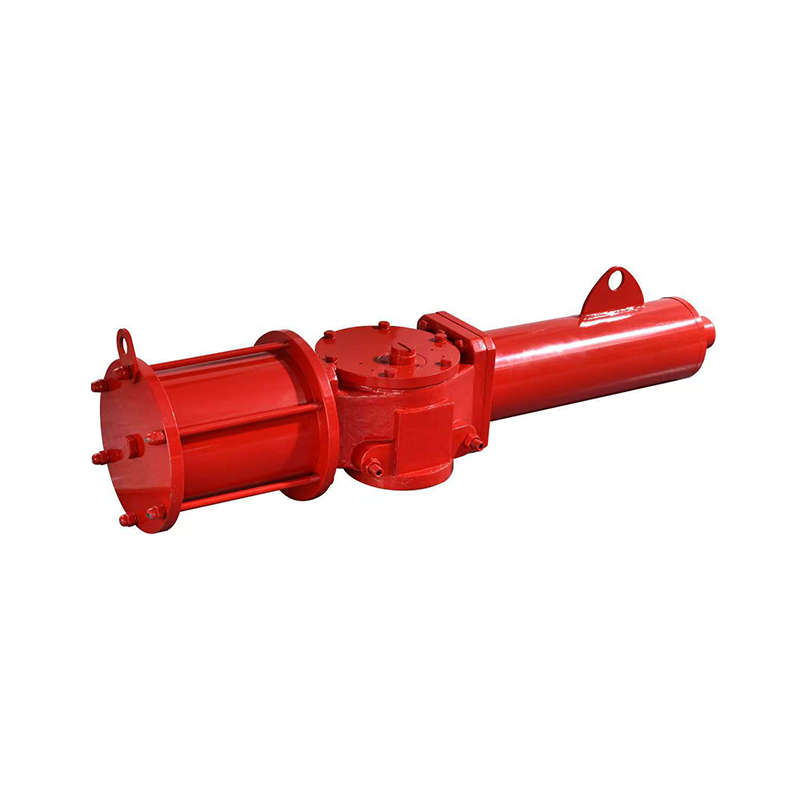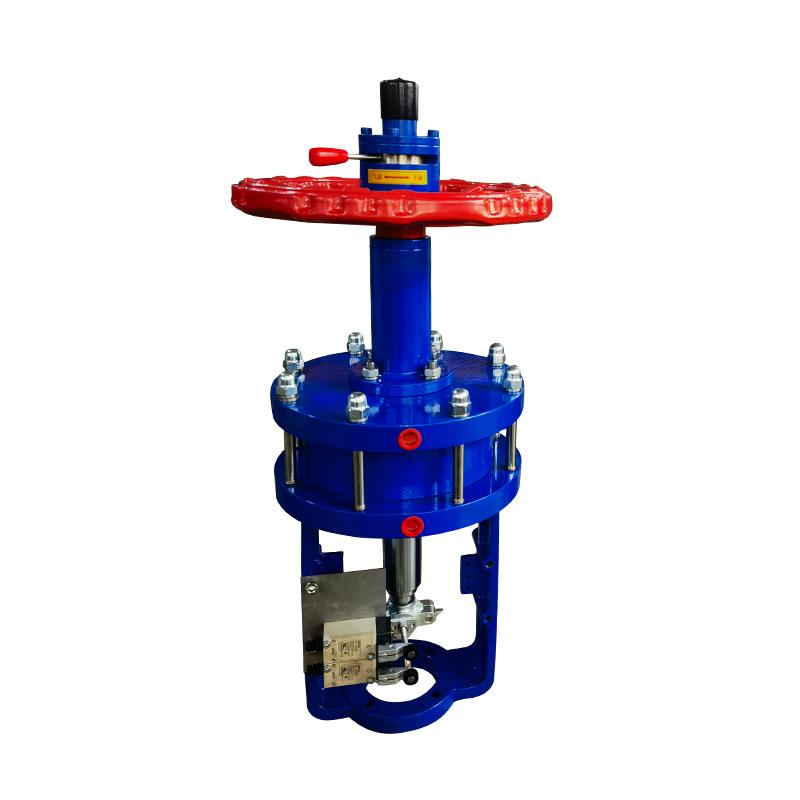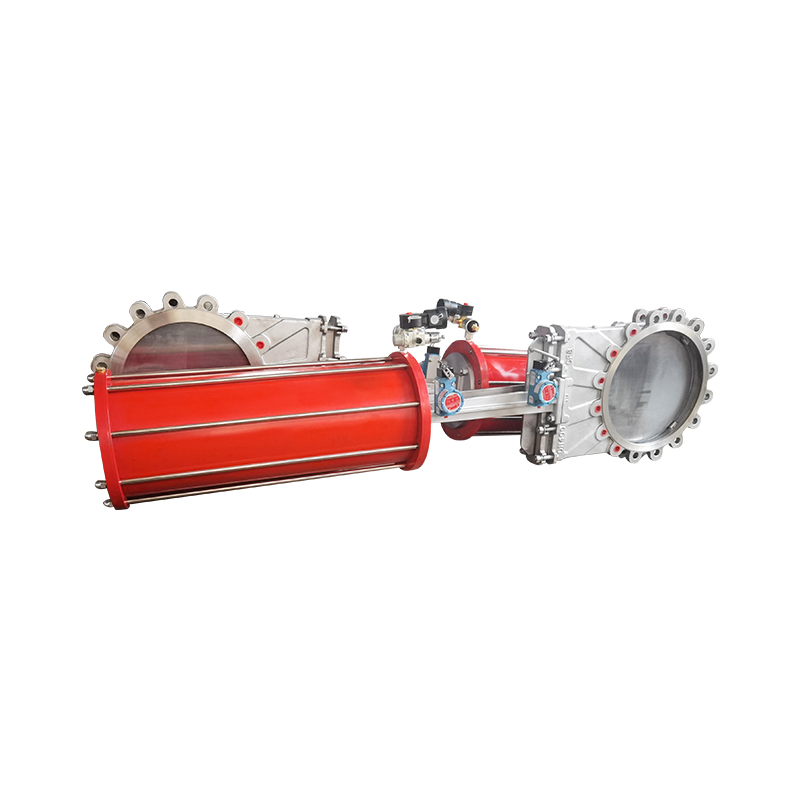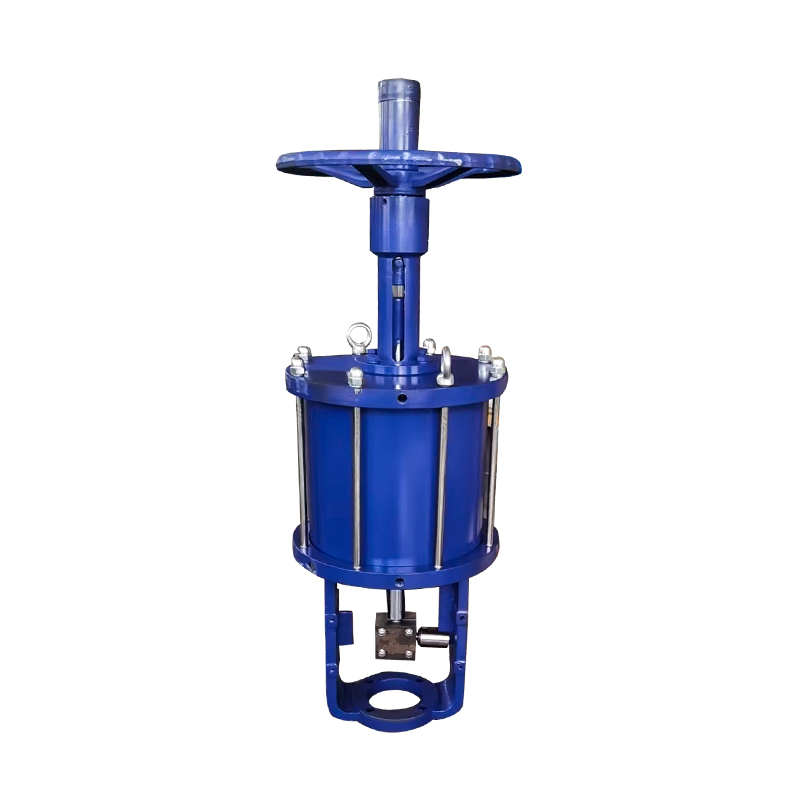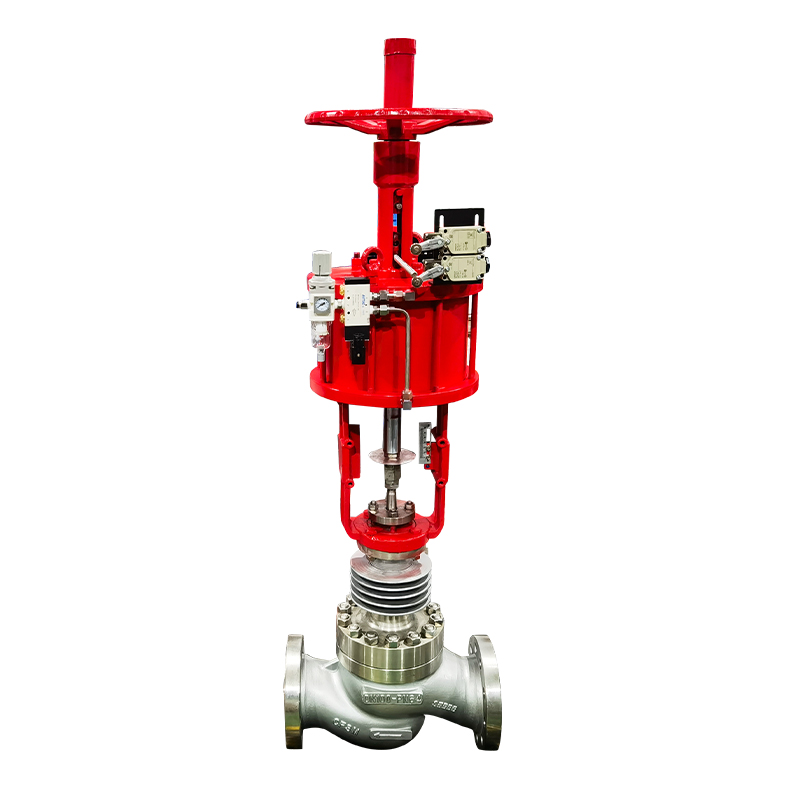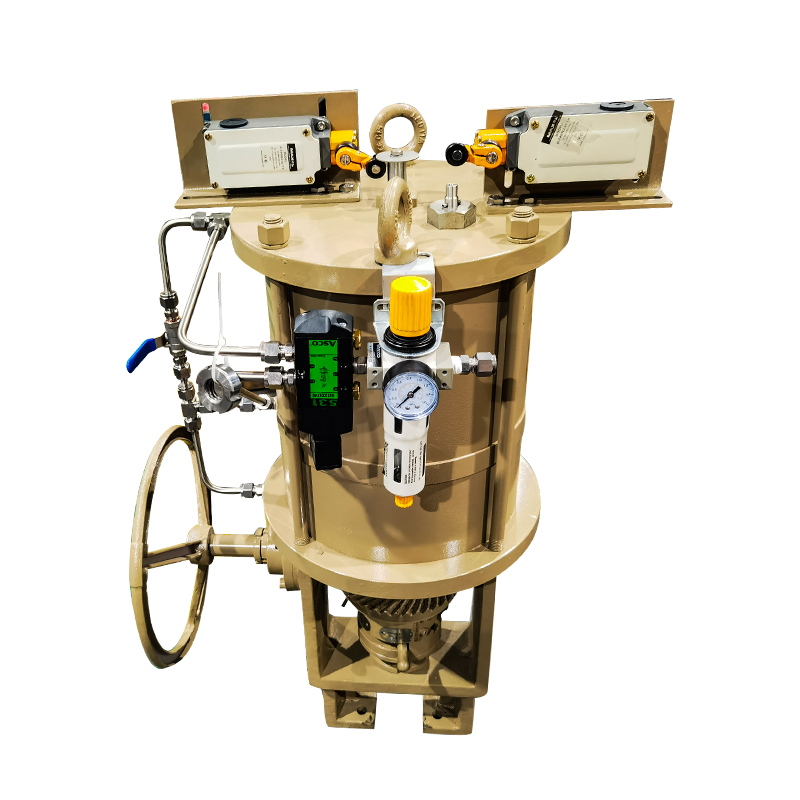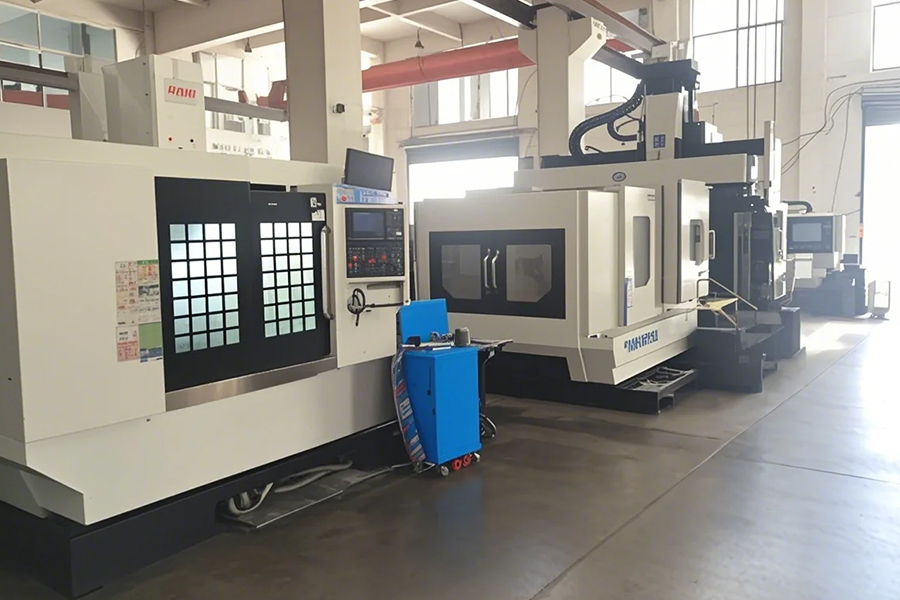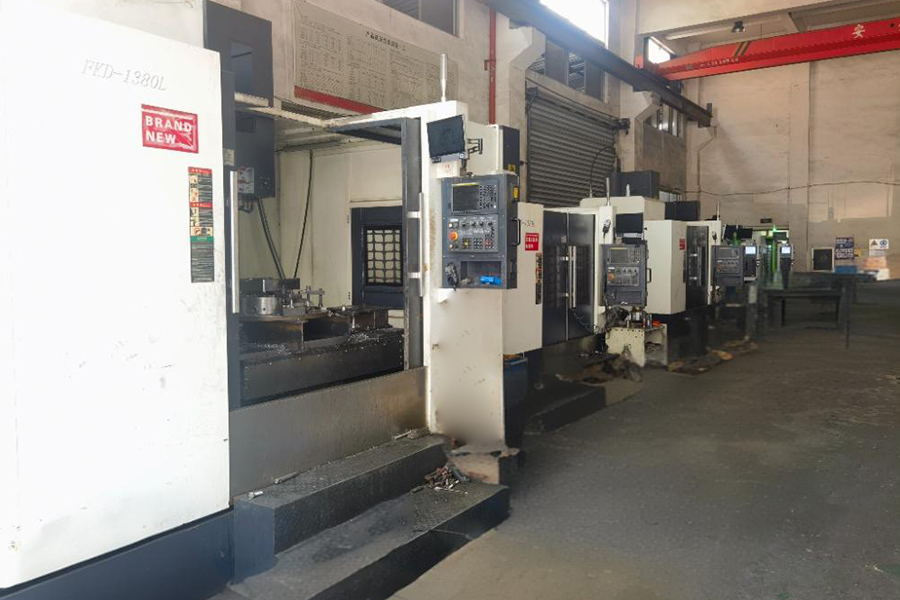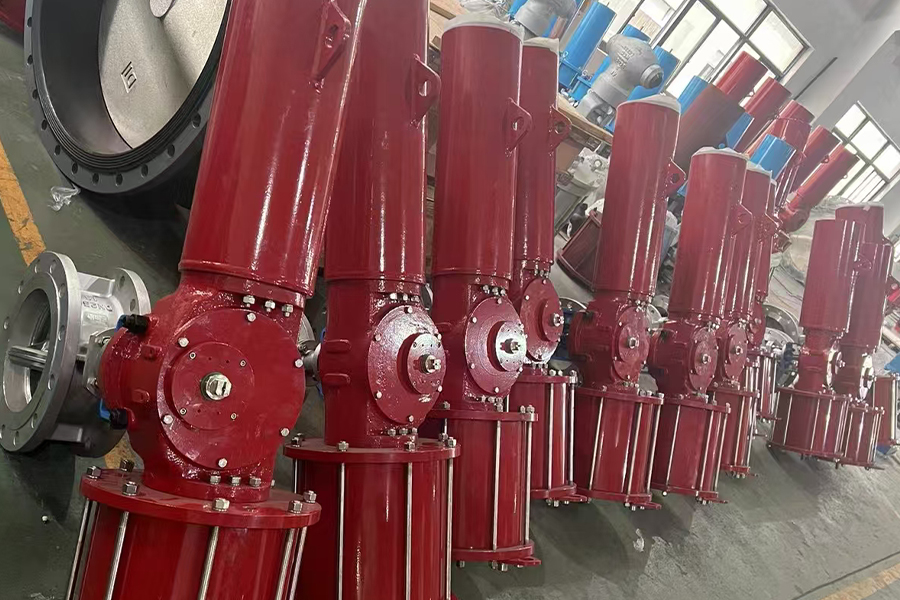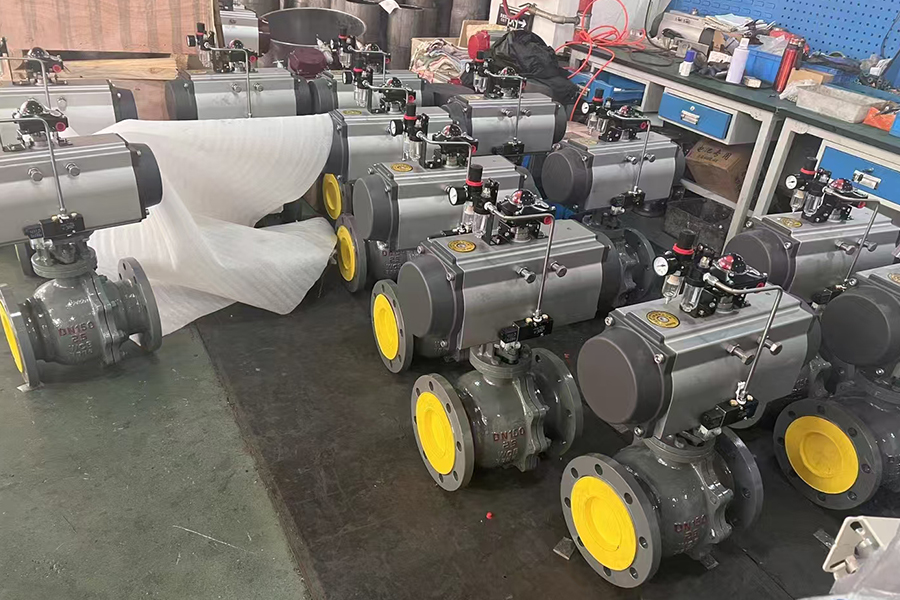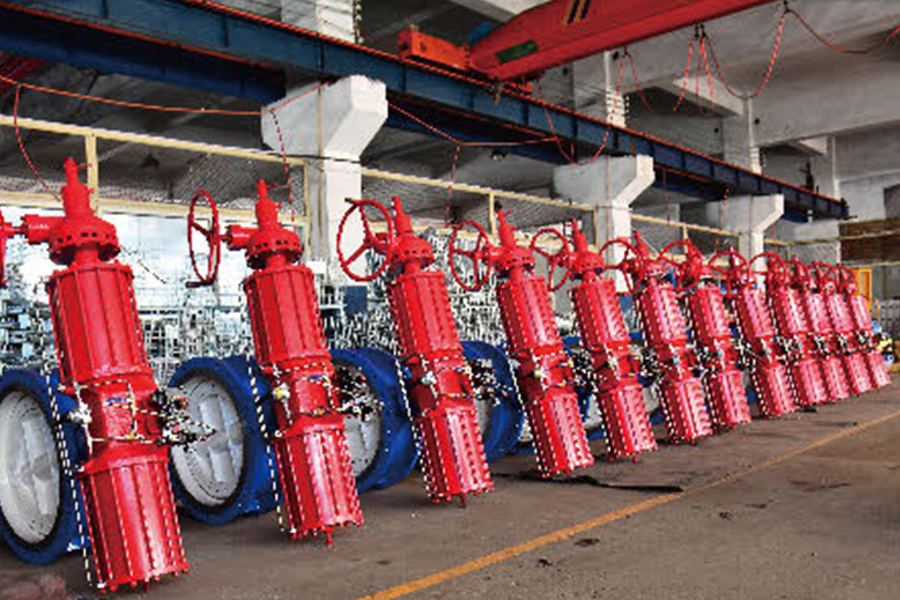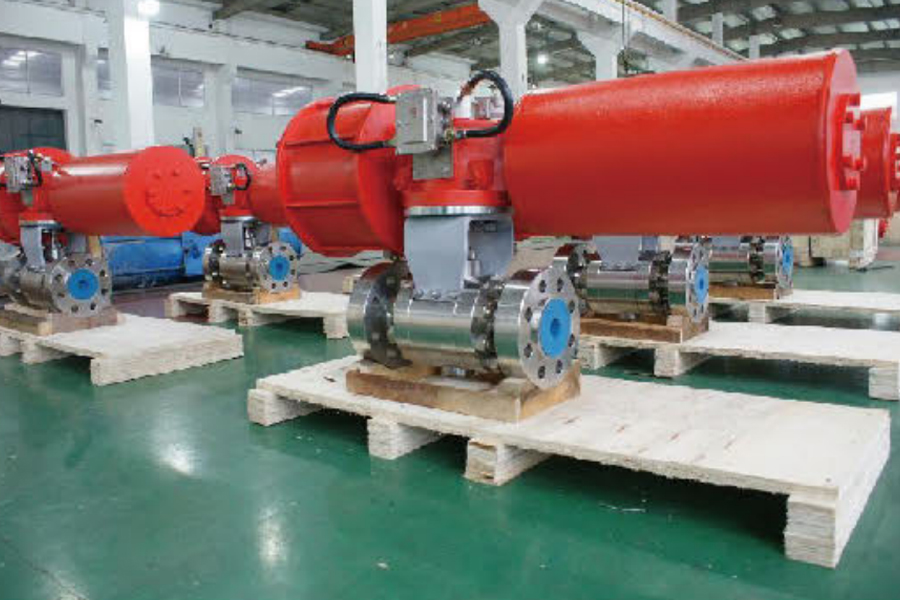Steel discharge ball valves are widely used in various industrial applications due to their robust performance in controlling the flow of liquids and gases. However, like any mechanical component, they can face some operational issues over time. Understanding these problems and their potential causes can help improve the lifespan and performance of the valve.
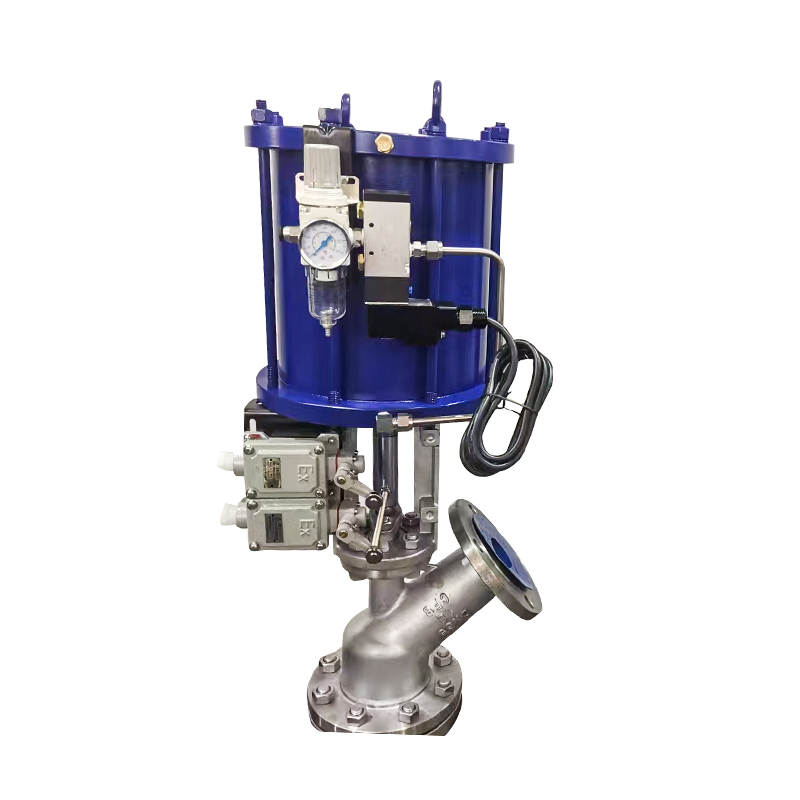
One of the common problems with steel discharge ball valves is leakage. Leakage can occur due to wear and tear on the valve seats, improper sealing, or damage to the valve's O-rings. Over time, the ball and seat may wear out, bring about an inability to seal tightly, which results in fluid leakage. This problem can often be resolved by replacing worn-out seals or seats, or by adjusting the valve to ensure proper closure.
Another common issue is corrosion, especially in valves exposed to aggressive chemicals or harsh environments. Steel discharge ball valves are typically made from stainless steel, which is corrosion-resistant, but if the valve is exposed to conditions, like high acidity or temperature fluctuations, corrosion can still occur. Regular inspections and maintenance, including cleaning the valve and treating exposed surfaces, can help prevent corrosion from significantly affecting the valve's performance.
Sanitary pneumatic ball valves are essential components in industries where hygiene is a top priority, such as food processing, pharmaceuticals, and biotechnology. These valves offer a high level of control and efficiency in fluid handling systems while maintaining the strict hygiene standards required in these sectors. To maximize their use, it is essential to follow certain operational and maintenance practices.
Proper installation is crucial for the use of a sanitary pneumatic ball valve. Ensuring that the valve is installed correctly according to manufacturer guidelines will help avoid issues like improper sealing, leakage, or restricted flow. The valve must also be mounted in the correct orientation to ensure smooth operation.
Regular maintenance is another key factor in prolonging the life and performance of a sanitary pneumatic ball valve. This includes cleaning the valve components, lubricating moving parts, and inspecting for any wear or damage. A well-maintained valve operates more efficiently and reduces the risk of contamination, which is critical in sanitary applications. Using high-quality seals and gaskets that meet the sanitary standards is also essential to avoid any potential sources of contamination.
Efficient control systems play a role in valve performance. For instance, integrating the valve with a well-calibrated actuator and positioner ensures that the valve responds quickly and accurately to system signals, optimizing the flow and pressure regulation. Proper system monitoring allows for real-time adjustments, improving overall efficiency.
Ball valves are widely used in fluid and gas control systems because of their ability to provide tight shutoff and precise flow control. A key feature of many modern ball valves is the integration of rotary actuators, which allow the valve to be operated remotely, providing greater flexibility and control. Rotary actuators use rotary motion to turn the valve's stem, causing the ball inside the valve to rotate and control the flow of media.
There are two main types of rotary actuators commonly used with ball valves: pneumatic and electric actuators. Pneumatic rotary actuators use compressed air to create rotational motion, while electric rotary actuators rely on electrical motors for movement. Both types offer significant advantages in different applications, with pneumatic actuators being widely favored for their simplicity, rapid response times, and ability to operate in hazardous environments, while electric actuators offer higher precision and control in systems requiring fine adjustments.








